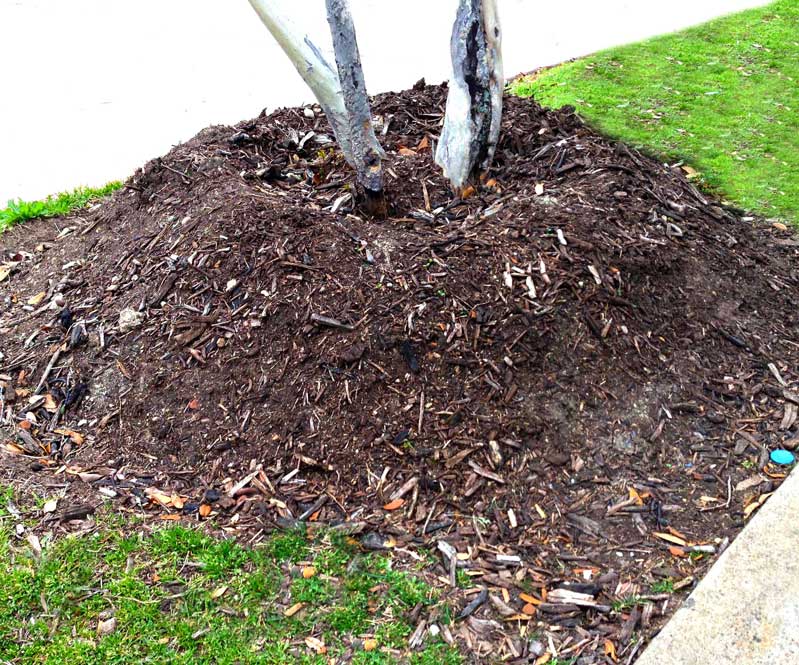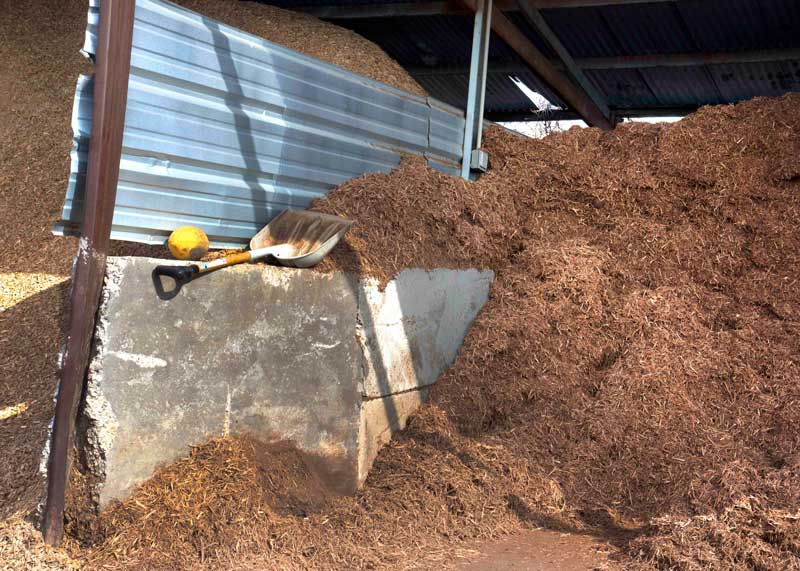How Much Mulch Is Too Much Mulch?
There’s a reason I bring this topic to our table today. This is the season when gardeners need to be thinking about mulching their beds. But that jumps too far into the discussion. Let’s start with a definition.
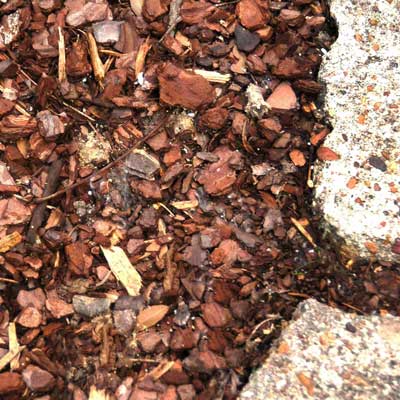
A mulch is a material used to cover bare soil. They can be organic (bark mulch, compost, dried grass clippings, shredded tree leaves, etc.) or inorganic (gravel, ground rubber tires, even glass, roll-type fabrics, polyethylene, etc.).
Organic mulches decay over time, returning nutrients to the soil.
Organic mulches look more natural, and they’re not picked up by lawn mower blades and hurled across the yard.
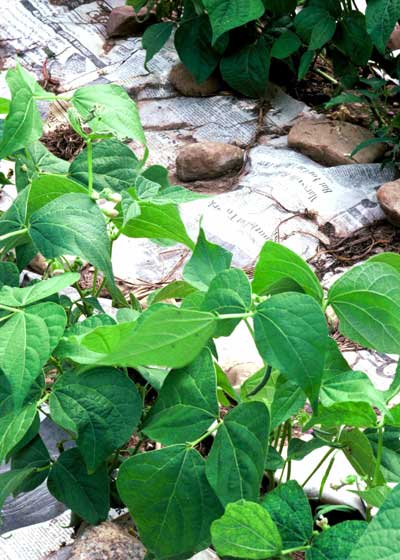
Inorganic mulches don’t decay, so they’re usually more permanent.
Inorganic types are much harder to remove if you ever grow tired of them. That may not seem like a negative, but if you’ve ever had lava rock and then decided you no longer wanted it, good luck on picking it all up.
Why do we mulch?
Let’s develop a list of reasons why we put mulches to work.
• Mulches moderate the rates at which soil temperatures change in the winter. It’s the freeze-thaw cycles that do damage to plants. We learned as children that if we are at risk of frostbite, we should hold our hands or feet under cool, not warm water, to let them warm up gradually.
• Mulches also keep our dark soils from overheating in the Texas summer sun.
• Mulches conserve water. They reduce soil-to-air contact. Just as wrapping loaves of bread keeps them from drying out, covering bare ground helps it retain moisture.
• Mulches make it much more difficult for weed seeds to sprout. Weeds are water hogs, so anything that retards their development will also save water.
• Mulches reduce splashing, so they protect plants against soil-borne diseases that are spread during irrigation and rainfall.
• They keep soil from splattering the sides of our houses. Homeowners with iron-rich red soils are all too familiar with the stains that splashing can cause.
Then how can mulches be bad?
It’s not that the mulches themselves are bad. It’s how we use them. As is our custom, we do things to excess. All you really need to add for mulches to perform their magic is 1 to 1-1/2 inches of a good mulch. But some people will shovel out 4 or 5 inches of mulch. Rain and irrigation water can never penetrate such a thick blanket.
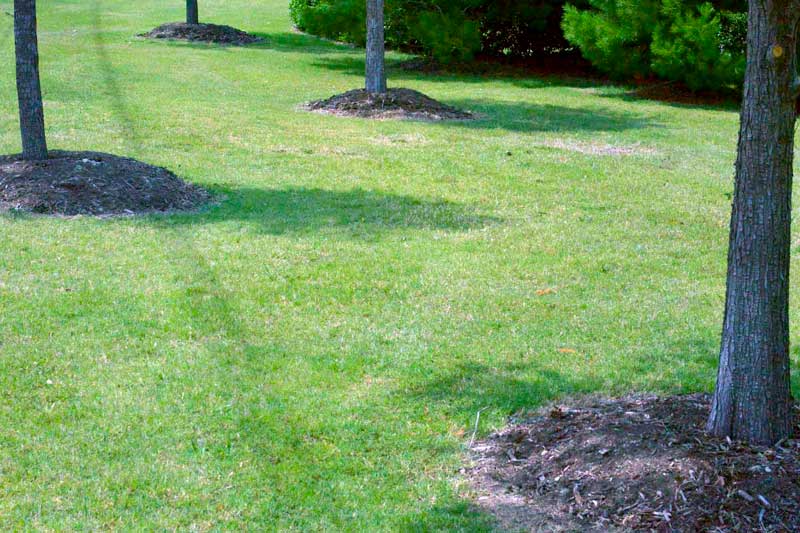
When it comes to trees arborists refer to what they see as “mulch volcanoes.” They’re mounds 8 to 12 inches deep piled up around the trees’ trunks. Every year, more mulch is added. Truth is those mounds may have gotten their starts when the trees were planted initially. Soil left over in the process, rather than being carried off site, was piled up around the trunks and concealed with mulch. Once again, irrigation water can’t reach the plants’ roots.
